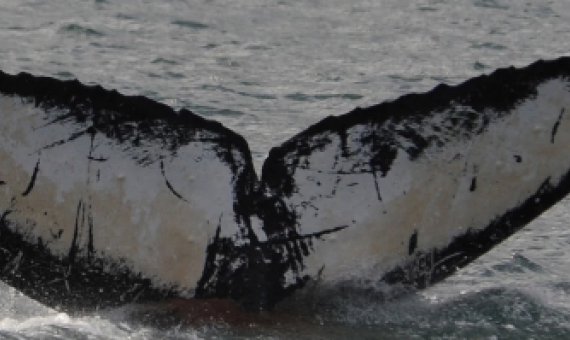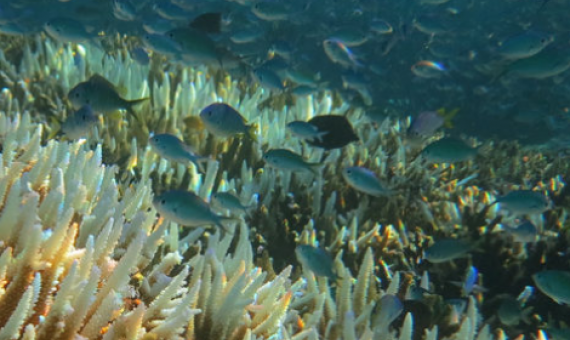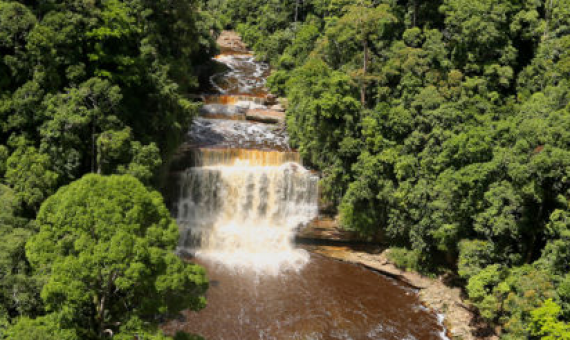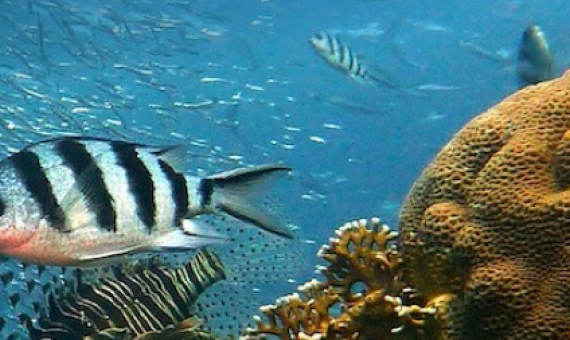Mounting scientific evidence is showing how Earth’s largest organisms can join forces with some of the smallest to combat climate change. Click on the link below to read the full article.
...King Tupou VI of Tonga was joined by a host of other Pacific Island leaders calling for action on what they saw as “the defining issue of our time”. Click on the link to read the full article
The joint initiative, worth €21 million, was launched during yesterday's One Planet Summit in New York...the EU, France, Australia and New Zealand have joined forces to make it a reality. Click on the link below to read the full article.
Deep reefs of the Great Barrier Reef offer limited thermal refuge during mass coral bleaching
Our rapidly warming climate is threatening coral reefs as thermal anomalies trigger mass coral bleaching events. Deep (or “mesophotic”) coral reefs are hypothesised to act as major ecological refuges from mass bleaching, but empirical assessments are limited. We evaluated the potential of mesophotic reefs within the Great Barrier Reef (GBR) and adjacent Coral Sea to act as thermal refuges by characterising long-term temperature conditions and assessing impacts during the 2016 mass bleaching event.
Our rapidly warming climate is threatening coral reefs as thermal anomalies trigger mass coral bleaching events. Click on the link below to access the full paper.
New research finds that the mass bleaching event that led to the death of 30 percent of shallow-water corals on the Great Barrier Reef in 2016 also had a substantial impact on deep reefs. Click on the link below to read the full article.
A group of 17 philanthropic foundations has committed nearly half a billion dollars in support of land-based solutions to climate change and the recognition of indigenous peoples’ and traditional communities’ collective land rights and resource management.Click on the link below to read the full
We have an opportunity to involve graduate students and scientists from the Southern Hemisphere and Pacific sector into the OceanVisions2019 - Climate Summit. The summit is centered around ocean solutions and success stories in the areas of resilience, adaptation, and s
As climate change continues its assault on Australia’s Great Barrier Reef, Queensland Minister for the Great Barrier Reef Leeanne Enoch has called for global action to tackle the issue head-on. Click on the link below to read the full article.
This is the 62nd issue of SPREP Climate Change Matters Newsletter for the period January to July 2018. Click on the link below to read the full newsletter.















